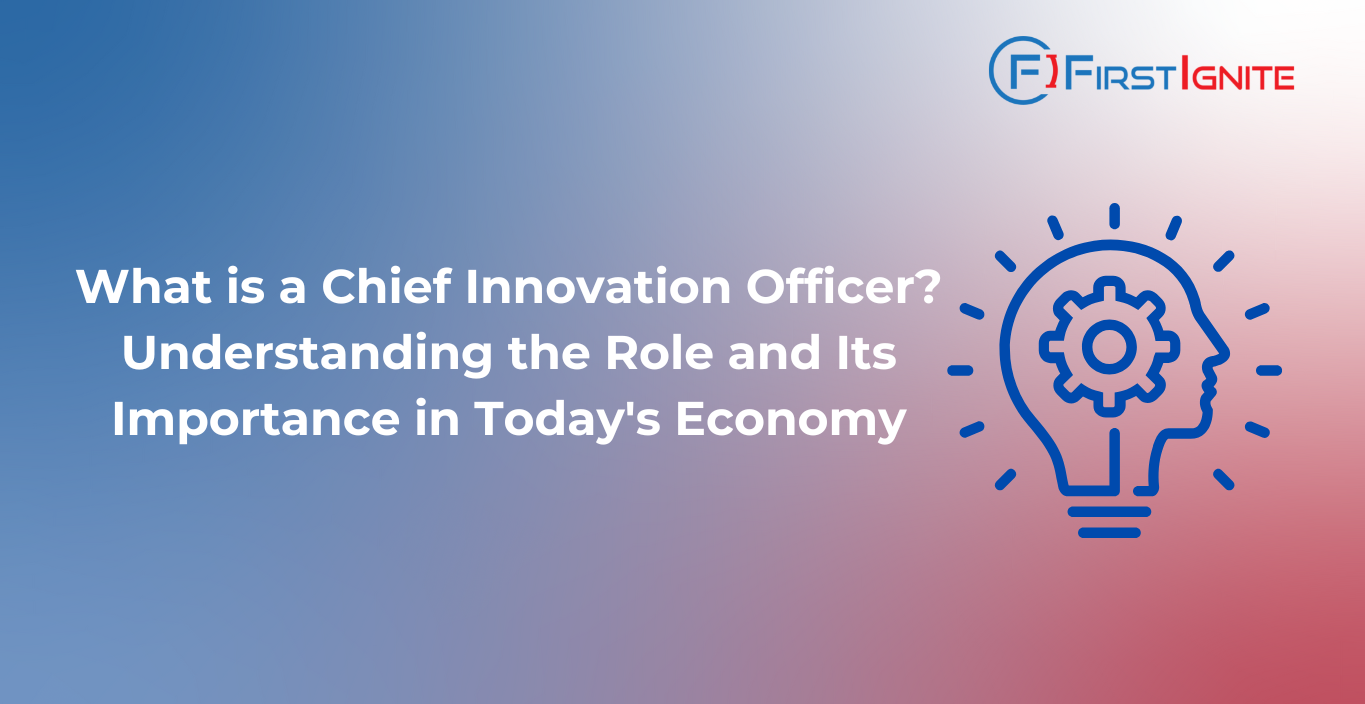
In today’s fast-paced, innovation-driven economy, the role of a Chief Innovation Officer (CINO) has emerged as a pivotal element in steering organizations towards sustained growth and competitiveness. Unlike the traditional roles of Chief Information Officers (CIOs) and Chief Technology Officers (CTOs), who focus on IT infrastructure and technology development, CINOs are tasked with fostering innovation and driving transformational change. As businesses strive to stay ahead in a rapidly changing market landscape, the CINO’s role becomes increasingly significant, emphasizing the need for a dedicated leader to spearhead innovation initiatives and align them with broader business goals.
Defining the Chief Innovation Officer Role
A Chief Innovation Officer is primarily responsible for managing and facilitating innovation within an organization. This role is distinct from that of a CIO or CTO, who typically focus on technology systems and operational efficiencies. While a CIO manages information systems and a CTO oversees technological advancements, a CINO is tasked with identifying emerging trends and exploring new business models. The evolution of the CINO role over the years reflects its growing importance in fostering organizational change and transformation. Chief Innovation Officers act as architects of innovation, setting strategic blueprints for business units to follow, thereby driving growth and efficiency across the board.
The Growing Importance of CINOs in the Innovation Economy
In the current innovation economy, CINOs have become vital for spearheading digital innovation and influencing business strategy. A recent survey revealed that 72% of CEOs expect their CIOs to lead digital innovation and AI-enabled growth initiatives, underlining the strategic importance of these roles. With the increasing focus on AI and digital transformation, CINOs have played a pivotal role in successful innovation initiatives, such as integrating new technologies that enhance customer experience or streamline operations. Statistics from industry reports highlight that driving business innovation, developing strategy, and studying market trends are key focus areas for CINOs, further emphasizing their role in shaping the future of business.
Core Responsibilities of a Chief Innovation Officer
CINOs are responsible for a range of activities that drive business success. One of their primary duties involves scanning for emerging technologies and identifying opportunities that can be leveraged to gain a competitive edge. In addition to technology scouting, CINOs are instrumental in building and maintaining external partnerships, often collaborating with universities, startups, and research institutions to source new ideas. Another core responsibility is driving cultural change within organizations to foster a more innovative mindset among employees. By aligning innovation with business goals and managing the innovation funnel, CINOs ensure that early-stage initiatives are nurtured and developed into viable business solutions.
Challenges Faced by Chief Innovation Officers
Despite their strategic importance, CINOs face numerous challenges. Limited resources for innovation projects can hinder their ability to explore and implement new ideas. Similarly, cultural resistance to change within organizations can pose significant obstacles. Identifying and partnering with the right external entities also remains a challenge, as does balancing innovation with day-to-day operations. Measuring success in innovation initiatives is another hurdle, as traditional metrics may not accurately capture the impact of innovation efforts. As CINOs strive to drive measurable business outcomes, they must navigate these challenges with innovative solutions and strategic planning.
Strategies for Overcoming CINO Challenges
To overcome these challenges, CINOs can leverage partnerships with universities and startups, tapping into a wealth of knowledge and resources. Utilizing AI-driven platforms like FirstIgnite can further accelerate the process of building corporate and university partnerships. Implementing change management strategies and fostering a culture of innovation are also critical to overcoming internal resistance. Successful examples of partnerships and innovation outcomes demonstrate the potential for CINOs to drive transformative change. By adopting these strategies, CINOs can enhance their effectiveness and ensure that innovation initiatives deliver tangible ROI.
Conclusion
The role of the Chief Innovation Officer is increasingly vital in today’s economy, as organizations seek to innovate and adapt to rapidly changing market conditions. Despite the challenges they face, CINOs are uniquely positioned to drive transformational change and align innovation with business goals. Leveraging tools like FirstIgnite can significantly enhance their ability to build valuable partnerships and deliver measurable results. Meet with FirstIgnite to see how our AI-driven platform can support your innovation strategy and help you achieve your organizational goals.




